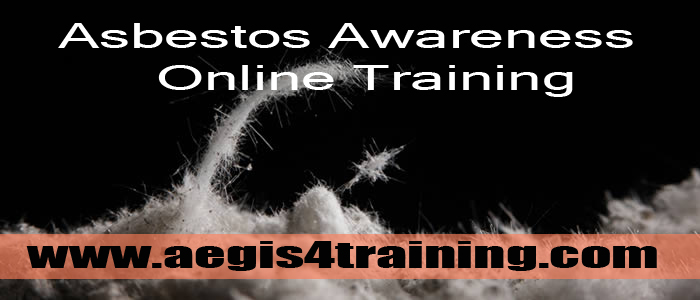Workers and supervisors must be able to recognise asbestos-containing materials (ACMs) and
know what to do if they come across them in order to protect themselves and others.
There are three main levels of information, instruction and training. These relate to:
ï‚· Asbestos awareness
ï‚· Licensable work with asbestos.
ï‚· Non-licensable work with asbestos including NNLW
Attending a training course on its own will not make a worker competent. Competence is
developed over time by implementing and consolidating skills learnt during training, on-the-job
learning, instruction and assessment.
It is important that the level of information, instruction and training is appropriate for the work
and the roles undertaken by each worker (and supervisor). Using a training needs analysis
(TNA) will help to identify what topics should be covered to ensure workers have the right level
of competence to avoid putting themselves or others at risk.
Information, instruction and training for asbestos awareness is intended to give workers and
supervisors the information they need to avoid work that may disturb asbestos during any
normal work which could disturb the fabric of a building, or other item which might contain
asbestos. It will not prepare workers, or self-employed contractors, to carry out work with
asbestos-containing materials. If a worker is planning to carry out work that will disturb ACMs,
further information, instruction and training will be needed.
Examples of those affected are listed below. There will be other occupations where asbestos
may be disturbed in addition to those listed.:
ï‚· Plasterers
ï‚· Architects
ï‚· General maintenance workers
ï‚· Electricians
ï‚· Plumbers
ï‚· Joiners
ï‚· Painters and decorators
ï‚· Construction workers
ï‚· Roofers
ï‚· Shop fitters
ï‚· Gas fitters
ï‚· Heating and ventilation engineers
ï‚· Demolition workers
ï‚· Telecommunication engineers
ï‚· Fire/burglar alarm installers
ï‚· Computer and data installers
ï‚· Building surveyors
Information, instruction and training about asbestos awareness should cover the following:
ï‚· the properties of asbestos and its effects on health, including the increased risk of developing
lung cancer for asbestos workers who smoke
Asbestos awareness to give workers and supervisors the information they need
ï‚· the types, uses and likely occurrence of asbestos and asbestos materials in buildings and
plant
ï‚· the general procedures to deal with an emergency, eg an uncontrolled release of asbestos
dust into the workplace
ï‚· how to avoid the risk of exposure to asbestos
Certificates of training
There is no legal requirement for employees to hold a certificate of training before they can work
with asbestos.
Many training providers issue trainees with certificates. A certificate is not proof of competency
to do the job, but where issued, a certificate shows the individual has had training and may be
kept as part of an individuals training record. Where training certificates are provided they
sometimes have an expiry date (eg after a year). Expiry does not always mean that ‘full’
retraining is mandatory, as a result.


